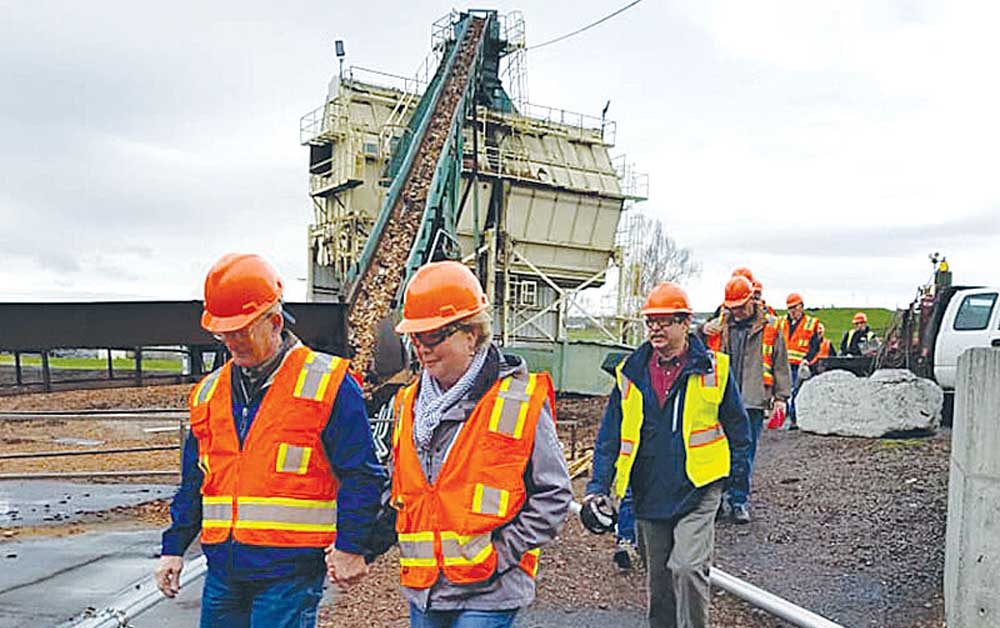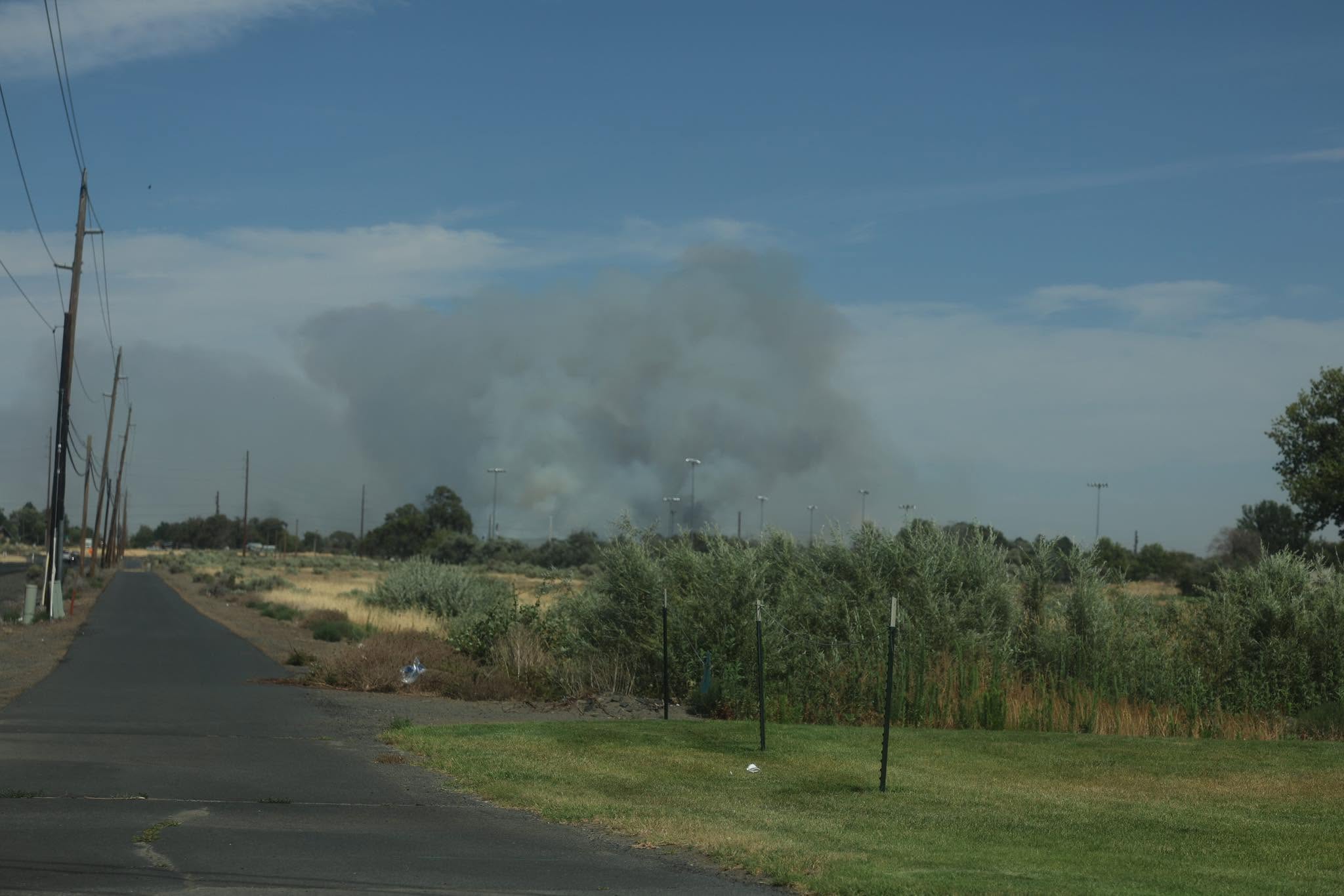From the Baker City Herald: Book gives thorough, balanced history of AR-15 rifle
Published 6:00 am Sunday, July 21, 2024

- Jacoby
Semi-automatic rifles that fire .223-caliber bullets were infamous long before a Pennsylvania man used one to try to assassinate former President Donald Trump on July 13.
That incident merely solidified their notoriety.
The shots that stunned the crowd at Trump’s campaign rally in Butler, Pennsylvania, also led to the indelible images of the Republican presidential nominee clutching his wounded right ear, streaks of blood across his face, clenched fist raised.
It happens that just a week or so earlier, I finished reading a fascinating nonfiction book that bears directly on this event, the likes of which we hadn’t seen in America since President Ronald Reagan was shot and seriously wounded in March 1981.
“American Gun: The True Story of the AR-15,” by Cameron McWhirter and Zusha Elinson, was published in 2023.
The nearly 400-page book chronicles the history of the original AR-15, the 15th gun developed by ArmaLite, a subsidiary of Fairchild Engine and Airplane Corp. in California. McWhirter and Elinson, both national reporters for The Wall Street Journal, explore this subject with the thoroughness that distinguishes the best journalism.
The book is many things, among them a biography of Eugene Stoner, the brilliant designer and inventor who in 1956 patented the system on which the AR-15, and its military version, the M16, were based.
Stoner’s design uses the gas created by the firing of each round to power mechanisms that eject the spent shell casing and load a new round.
The system makes possible both the semi-automatic civilian version — each pull of the trigger fires a single round — and the military M16, which allows automatic fire, the rifle firing continuously so long as the trigger is held back.
The authors also describe in great detail how Stoner’s design was sold to Colt, the venerable American gun company that made both the civilian AR-15 and the military M16, and how, after Colt’s patent expired in 1977, a host of other, smaller companies began to build versions of the semi-automatic rifle and in volumes that far exceeded what Colt’s factory produced.
But it wasn’t the book’s dense detail that most impressed me.
It was, rather, the authors’ objectivity.
Some readers, I’m sure, would quibble with my description.
One group might denounce the authors as shills for the gun industry because they weren’t sufficiently critical of the AR-15’s very existence.
Others likely will criticize McWhirter and Elinson for writing too extensively about the litany of mass shootings in which killers have used AR-15 rifles, or versions of Stoner’s design, to murder hundreds of people in America, the focus on the weapon rather than on the person wielding it.
But I believe that any reader capable of a reasonable assessment would conclude, as I did, that the writers relied almost exclusively on facts to tell this story, and that they presented those facts without hysteria or hyperbole.
McWhirter and Elinson explore the story of the AR-15 from a variety of intriguing angles.
They write about how the military M16 was initially reviled by many of the soldiers and Marines who carried it in Vietnam, the rifle plagued by problems related to manufacturing changes rather than Stoner’s design.
They describe the growing popularity of the civilian AR-15 and its many versions, all based on the system Stoner perfected in his suburban garage.
The book has multiple chapters devoted to the political debate over so-called “assault rifles,” including the federal ban on certain models, including some AR-15 variants, that was in effect from 1994 to 2004.
Whatever the subject, the writers never indulge in the simplistic sloganeering so common to the topic of guns in America, and to semi-automatic rifles in particular.
On the matter of the guns themselves, McWhirter and Elinson acknowledge that both public attitudes, and politicians’ proposals, sometimes are influenced by either misimpressions — mistaking fully automatic rifles for semi-automatics — or by superficial details such as the design of the stock or grip.
Yet the authors also explain why certain attributes of these rifles, and in particular the size and velocity of the bullets they fire, often result in much more severe wounds than bullets of larger caliber would cause.
This isn’t propaganda.
It’s physics.
I appreciated, too, that McWhirter and Elinson didn’t try to underestimate how daunting the challenge is to curb mass shootings in America.
They eschew simplifications.
The issue can’t be solved solely by having fewer guns — through legislative bans — or by having more — the notion that the best way to stop a “bad guy” mass shooter is with a bullet fired by a “good guy.”
Ultimately, as the authors point out by citing the vast supply of rifles and other guns in America, the sheer volume of weapons ensures that the goal that essentially everyone agrees about — that mentally deranged people ought not have access to any gun — can’t be easily achieved through any law that doesn’t shred the U.S. Constitution.
I’m not so naive as to believe that people won’t gravitate toward books whose authors share their personal beliefs about guns in general, and AR-15-style rifles in particular.
But I hope that anyone with an interest in the topic, while reading “American Gun” and afterward, would at least ponder the validity of things they might have long believed to be true.









